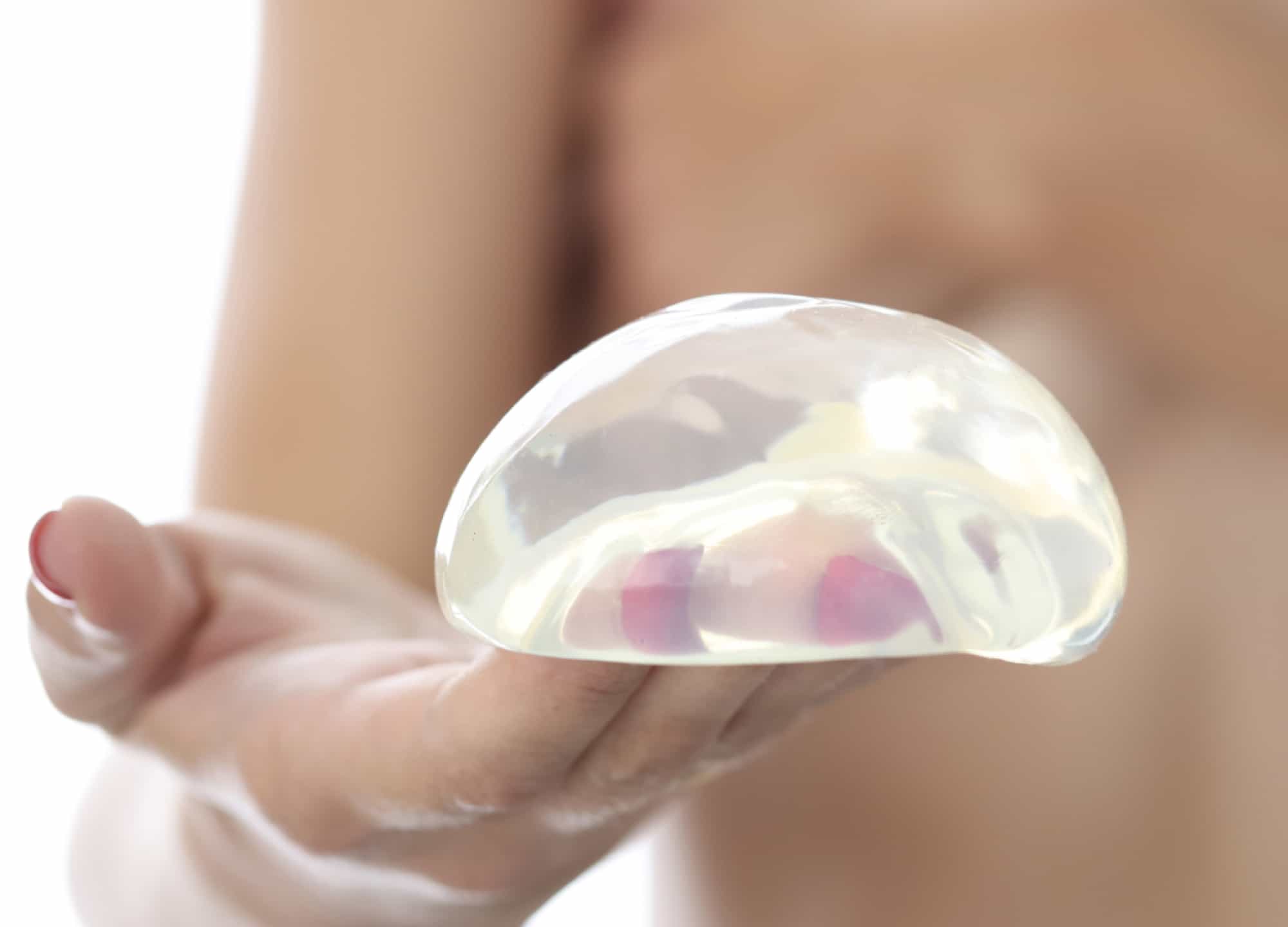Featured Experts
Dr. Ari Hoschander, a board-certified plastic surgeon in Rockville Centre, New York
Dr. Elie Levine, a board-certified plastic surgeon in New York City
Dr. Sanjay Grover, a board-certified plastic surgeon in Newport, California
When it comes to the decisions surrounding a breast augmentation, it’s not just the type of implant and positioning that need to be taken into consideration. The point of entry—where the plastic surgeon makes an incision in order to insert said implant—is also important and dictates the kind of scar you’ll end up with. Generally speaking, breast augmentation scars are much less dramatic than those of, say, a tummy tuck. But they’re still scars. With searches for “scarless breast augmentations” on the rise, we asked top doctors if there is, in fact, any way to perform this surgery sans scarring. Here’s what they had to say.
Is it possible to have a scarless breast augmentation?
“A scarless breast augmentation is 100% not a thing,” says Dr. Ari Hoschander, a board-certified plastic surgeon in Rockville Centre, New York. “You can have a hidden scar or an invisible scar, but a scarless augmentation doesn’t exist.”
Dr. Elie Levine, a board-certified plastic surgeon in New York City, points out that fat transfer to the breasts is sometimes referred to as a scarless breast augmentation—but if an implant is involved, there’s no way for the procedure to be scarless, he says. However, depending on the method of entry, it is possible to end up with scars that are virtually undetectable. Below, what breast augmentation scars will look like, based on four different points of entry, and the pros and cons of each.
Inframammary fold
The most traditional and most popular place to make an incision is in the crease underneath the breast—the inframammary fold (IMF). Dr. Hoschander says this is the approach he uses for 95% to 98% of the breast augmentations he performs.
Why is it so popular? It works well for silicone or saline implants, has lower rates of capsular contraction (more on that point in a moment), and allows the surgeon to get the best positioning of the implant, he notes. The scar is about three and a half to four centimeters long and is usually fairly well camouflaged under the breast, he adds.
Dr. Sanjay Grover, a board-certified plastic surgeon in Newport, California, also primarily utilizes this technique; he adds that he likes that it allows him to use cohesive, “gummy bear” implants, which can’t be inserted via the other methods.
Still, there are certain instances where an IMF incision isn’t necessarily the right choice. For women who don’t have a well-defined breast shape with a pronounced breast fold, there’s nowhere to place or hide the scar, notes Dr. Levine. Similarly, an IMF incision is impossible for women undergoing an augmentation to fix tuberous breasts, as they lack this fold entirely, Dr. Hoschander adds.
Periareolar
A periareolar incision is one alternative. The incision is made in a half circle around the bottom of the areola, from the three o’clock to the nine o’clock position, Dr. Hoschander explains. The pros? “The scar is really camouflaged quite nicely here, because there’s already a lot of irregularity around the border of the areola,” points out Dr. Levine. The downside? Especially if you’re using a very large implant, there’s an increased risk of nipple sensation loss with a periareolar approach, he says. Capsular contracture rates are also generally higher, due to increased bacteria in the area, says Dr. Hoschander.
Transaxillary
For those who don’t want any type of scars on their breast, a transaxillary approach—making an incision in the armpit—is a common alternative. “When I use the term ‘scarless,’ I mean that I’m doing a breast augmentation without a scar on the breast. I make it inside a crease in the armpit, where it’s almost imperceptible,” says Dr. Grover. The technique was very popular in the early 2000s, when saline implants were the go-to, he says. (Because they fold flat, like a deflated balloon, they can be inserted via small incisions further away from the breast, pushed into position, then filled.)
However, thanks to a tool known as a Keller funnel, it’s now possible to insert silicone implants via the armpit as well, Dr. Grover says, adding that the scar is typically about two inches long. He also relies on the use of an endoscope in order to allow for proper dissection and implant positioning, though he notes that he is one of the few surgeons to do so. In addition to for those who want to keep their breasts totally scar-free, Dr. Grover says, the transaxillary technique is a very popular choice among patients transitioning from male to female; not only is the chest too flat for an IMF incision, but a breast with no incisions looks more real, he says.
Just keep in mind that the increased amount of bacteria in this area correlates with a higher risk of capsular contracture. The use of the funnel does decrease this, but if it happens, you can’t perform a capsulectomy through the same incision and will need one in the IMF anyway, Dr. Grover explains.
Transumbilical
Placing an implant through a semicircular incision made around the top of the belly button is another option, albeit one that’s not particularly common or effective, according to the doctors we spoke with. Because it can be performed only with saline implants (again, because they aren’t prefilled), Dr. Levine notes that it was much more popular when saline was in style. He also adds that it’s best reserved for smaller implants and those who have a long torso or a pronounced rib cage aren’t candidates. And while your breasts will be scarless, the simple fact that the belly button is so far away from the breasts makes it very challenging to get a good aesthetic result, notes Dr. Hoschander. Dr. Grover also isn’t a fan, adding that surgeons are essentially dissecting and creating a pocket for the implant totally blind.
Ultimately, the point of entry is definitely something to discuss with your doctor—and keep in mind that it may or may not affect the final price tag. Dr. Levine says it doesn’t in his practice; Dr. Grover says that he does charge more when he takes a transaxillary approach. Regardless, all the doctors emphasize the importance of proper scar care after your augmentation—namely, the use of silicone gel or scar sheets for three to six months post-surgery. And remember, just as your breasts will continue to change post-procedure, so too will your scars—for up to one or even two years after surgery, according to Dr. Hoschander.











